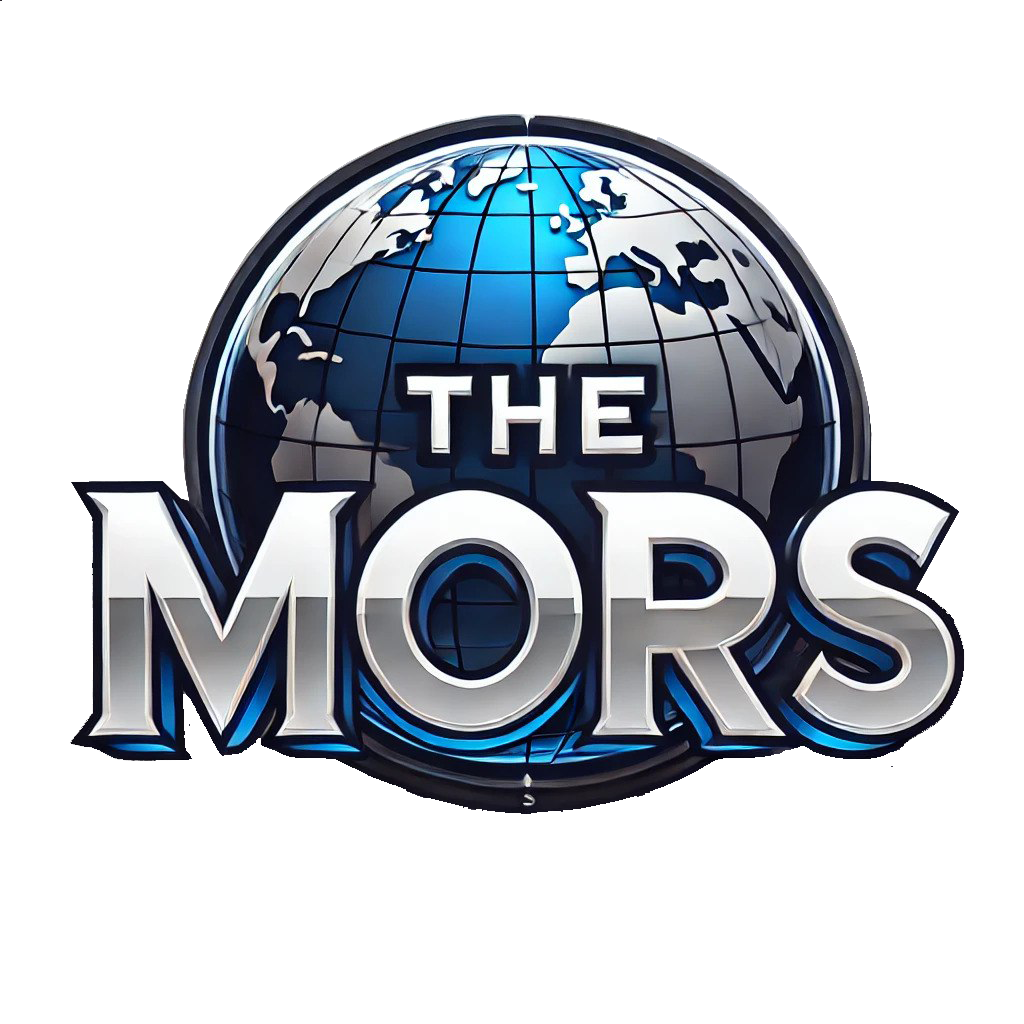Starting your IT career in Europe can feel like standing at a crossroads: exciting possibilities in cities like Berlin, Amsterdam, and Dublin, but also questions about where to begin, what employers expect, and how to navigate visas and local job markets. If you’re a beginner in IT looking to find your first job in Europe, this guide walks you through realistic, step-by-step actions you can take to turn your skills into an offer. Think of this as a practical roadmap—part strategy, part motivation—that you can follow one step at a time.
Whether you are fresh out of a coding bootcamp, a recent graduate, or switching careers into technology, there are clear, repeatable things that increase your chances. We’ll cover skills and portfolio building, effective job search channels, crafting an ATS-friendly CV and LinkedIn profile, interview preparation, visa considerations, and practical tips for relocating. Read on, take notes, and start crossing off items from your personalized plan.
- Understand the landscape: what European employers look for
- Build a focused skill set and a visible portfolio
- What to include in your beginner IT portfolio
- Make your CV and LinkedIn recruiter-friendly
- Choose the right job search channels
- Target cities and hubs
- Networking: the underrated accelerator
- Apply smart: quality over quantity
- Prepare for interviews and technical screens
- Interview checklist for beginners in IT
- Understand visas and legal workability
- Consider internships, apprenticeships, and junior roles
- Alternative routes: freelancing, temp agencies, and volunteer work
- Keep learning and stay resilient
- Quick checklist to start this week
- Resources and final tips
- Conclusion
Understand the landscape: what European employers look for
First, it’s helpful to know what employers actually want from beginners. They rarely expect you to know everything; instead, they’re looking for curiosity, a learning mindset, basic technical competence, and the ability to collaborate. For entry-level roles, common expectations include familiarity with one or two programming languages, understanding of version control (Git), basic data structures and algorithms, and exposure to web development or devops tools depending on the role.
Soft skills matter too. Clear communication, problem-solving approach, and cultural fit are often the tie-breakers between two similar candidates. Show that you can learn quickly, accept feedback, and contribute to team goals, and you’ll stand out.
Build a focused skill set and a visible portfolio

Before you apply widely, invest time in building a portfolio that proves you can do the work. Employers prefer concrete evidence—projects, GitHub activity, live demos—over vague claims. Pick a realistic scope: one polished web app, a small backend API, or a data visualization project. Add documentation, a README, and short videos showing the app in action.
What to include in your beginner IT portfolio
- 2–3 projects with source code on GitHub and live demos (Netlify, Vercel, Heroku).
- A README with setup instructions and what you learned.
- Short blog posts or walkthroughs explaining technical decisions.
- Contributions to open-source projects or clear evidence of collaboration.
Make your CV and LinkedIn recruiter-friendly
Your CV should be concise, results-focused, and tailored to the role. Use a simple layout, start with a short profile (2–3 lines), and list relevant technical skills. For each project or role, describe the problem, your approach, and measurable outcomes where possible—did you reduce load time by 30% or incorporate unit tests to improve reliability?
For LinkedIn, optimize your headline and summary for keywords recruiters will search. Show activity—share project posts, write short articles about problems you solved, and connect politely with engineers and recruiters in cities you target. Many first jobs are found through LinkedIn outreach, so an active profile helps.
Choose the right job search channels
Europe has many job platforms—some global, some country-specific. Use a mix of general job boards, tech-specific sites, and local resources. Also target company career pages and reach out directly to hiring managers with a brief, personalized message that references a specific project or role.
| Type | Examples | Why use it |
|---|---|---|
| Global job boards | LinkedIn, Indeed, Glassdoor | High volume; lets you filter by location and experience |
| Tech-focused | Stack Overflow Jobs, AngelList, GitHub Jobs | Startups and developer-friendly roles |
| European/local | EURES, local city boards, national sites | Good for country-specific rules and employer listings |
| Recruitment agencies | Tech-specialist recruiters | Helpful for navigating work permits and junior placements |
Target cities and hubs
While remote jobs are increasing, physical hubs still matter—Berlin has a huge startup scene, Amsterdam and Dublin host many tech giants, Stockholm and Helsinki are strong in mobile and gaming, and Barcelona attracts many international teams. Choosing 2–3 target locations helps you tailor applications and networking efforts.
Networking: the underrated accelerator
Networking is not about collecting contacts; it’s about building relationships. Attend meetups, local tech events, and online communities. Join Slack groups, Discord servers, and follow local hashtags. When you reach out, be specific: ask one question, offer a short status update about your project, or ask for feedback on your CV. People respond to clear, respectful requests.
- Attend meetups (Meetup.com, Eventbrite) and speak up during Q&A to get noticed.
- Volunteer at conferences or local events to meet hiring managers informally.
- Join coding study groups and contribute — hiring often comes from direct collaboration.
Apply smart: quality over quantity
Rather than blasting your CV everywhere, tailor applications to roles where you meet most requirements. Write a short cover note tying your project experience to the job. Use the job description keywords but keep language natural. Track your applications in a simple spreadsheet so you can follow up and learn from replies or rejections.
Prepare for interviews and technical screens
Entry-level interviews typically include a phone screen, a technical test or coding challenge, and a final onsite or video interview. Practice common algorithm problems, but focus more on practical tasks: building a small feature, fixing a bug in a repo, or discussing your project architecture. Explain your thought process during coding tasks—interviewers care about your approach as much as your final solution.
Interview checklist for beginners in IT
- Refresh language basics and core libraries.
- Practice whiteboarding and talking through solutions aloud.
- Prepare 3 stories showing teamwork, a challenge you overcame, and a time you learned quickly.
- Have questions ready about the team, tech stack, and mentorship.
Understand visas and legal workability
Visa rules differ across Europe. The EU Blue Card, national work permits, and country-specific programs (like Germany’s job seeker visa or Portugal’s non-habitual residency) are common paths. Some countries are more open to foreign hires than others; Germany, Netherlands, Ireland, and Estonia have relatively accessible routes for skilled tech workers. If you need sponsorship, highlight skills in demand and be upfront with recruiters about your status—many companies hire for junior roles with sponsorship if the role is hard to fill locally.
| Country/Route | Typical path | Notes for beginners |
|---|---|---|
| Germany (EU Blue Card / Job Seeker Visa) | Skilled worker visa, company sponsorship; job seeker visa allows entry to look for work | German language helps but many tech jobs are English-speaking; tech skills in demand |
| Netherlands (Highly Skilled Migrant) | Employer-sponsored residence permit for skilled roles | Good English-speaking market; competitive salaries |
| Ireland (Critical Skills Employment Permit) | For occupations with skill shortages; leads to residency | Many global tech firms; English speaking |
| Remote work | Freelance/contract; no relocation initially | Can be a stepping-stone to a full-time role or local sponsorship |
Consider internships, apprenticeships, and junior roles
For beginners, internships and apprenticeships are not a step back—they’re a strategic entry point. Many European companies have structured graduate programs or traineeships that include mentorship, training budgets, and clear career progression. Apply to those programs even if the salary is modest; the experience and references are worth more in the long run.
Alternative routes: freelancing, temp agencies, and volunteer work
Freelancing and contracting platforms can help build experience and client work, especially for front-end, web, and devops tasks. Short-term contracts through temp agencies or volunteering on NGO tech projects can also populate your CV with credible, real-world experience. Treat each freelance job like a mini case study—document what you delivered and the impact.
Keep learning and stay resilient

The job search takes time. Set weekly goals: number of tailored applications, projects completed, events attended, and people contacted. Celebrate small wins: a positive reply, an interview invitation, or a pull request merged into an open-source repo. Employers notice persistence and consistent improvement.
Quick checklist to start this week
- Create or update GitHub and deploy one project with documentation.
- Tailor a one-page CV and a LinkedIn summary focused on target roles.
- Apply to 5 targeted jobs and follow up within two weeks.
- Join two local or online meetups and introduce yourself to one person.
- Prepare 3 interview stories and practice one coding challenge per day.
Resources and final tips
Use free learning platforms (freeCodeCamp, Coursera, edX) to fill gaps, and consider affordable certification or bootcamp outcomes if you need faster structure. Keep a learning log and update your portfolio monthly. When communicating with recruiters, be clear about your availability, visa needs, and salary expectations—transparency speeds up the process for both sides.
Conclusion
Finding your first IT job in Europe is a process you can manage with a clear plan: build a small, polished portfolio; make your CV and LinkedIn recruiter-friendly; apply smartly to targeted roles; network consistently; prepare for interviews; and understand visa routes for your target countries. Keep moving forward with small, measurable actions and treat each step as part of the learning curve. Persistence, focused practice, and visible proof of your skills are the ingredients that turn a beginner in IT into a hired junior engineer in Europe.
Ready for more detailed guides, local job lists, and sample CV templates to supercharge your search? Visit https://themors.com/ for more articles, tools, and resources that can help you land that first role and build a long-term tech career in Europe.









